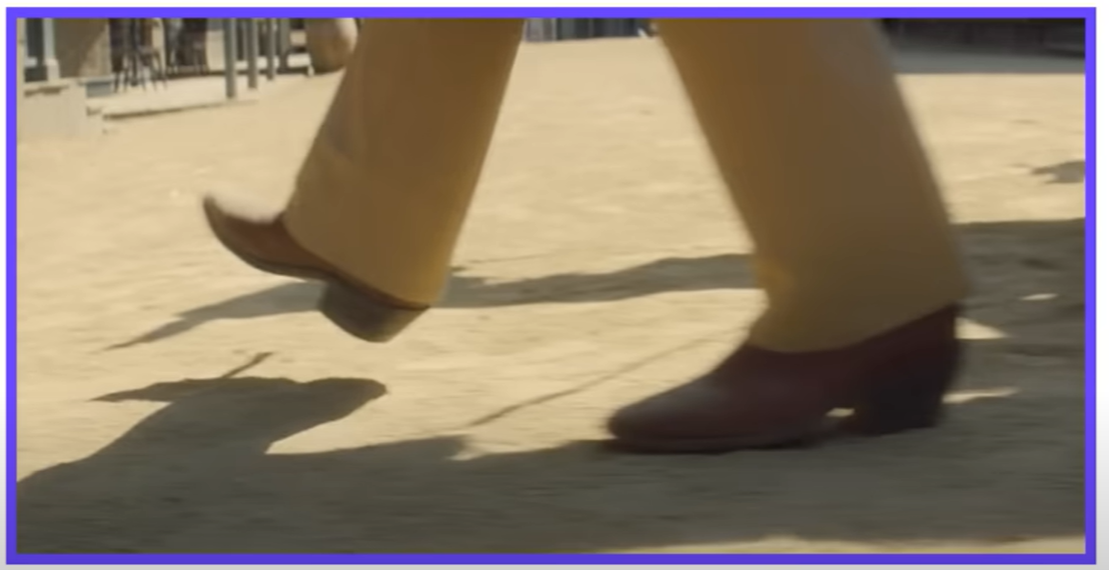Camera Angles
1/9
There's no tags or description
Looks like no tags are added yet.
Name | Mastery | Learn | Test | Matching | Spaced |
|---|
No study sessions yet.
10 Terms
Low Angle
Definition: Camera is placed below the subject’s eye line, looking up.
Effect: Makes subjects appear powerful, intimidating, or dominant.
Use Case: Heroes, villains, or when emphasizing strength or authority.
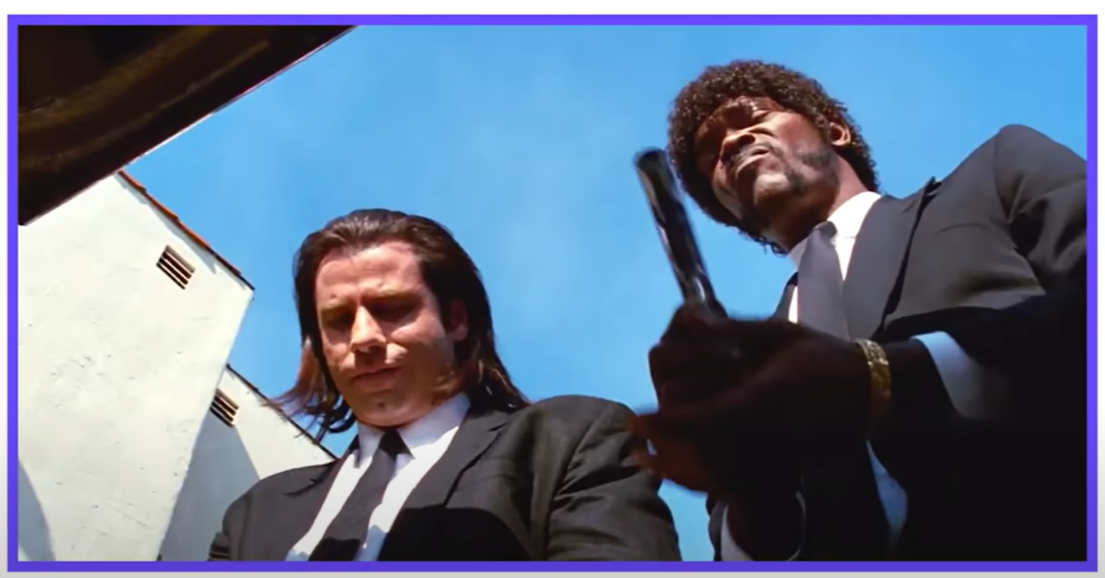
High Angle
Definition: Camera is placed above the subject’s eye line, looking down.
Effect: Makes subjects seem weak, vulnerable, or insignificant.
Use Case: Power imbalances, intimidation, or vulnerability.
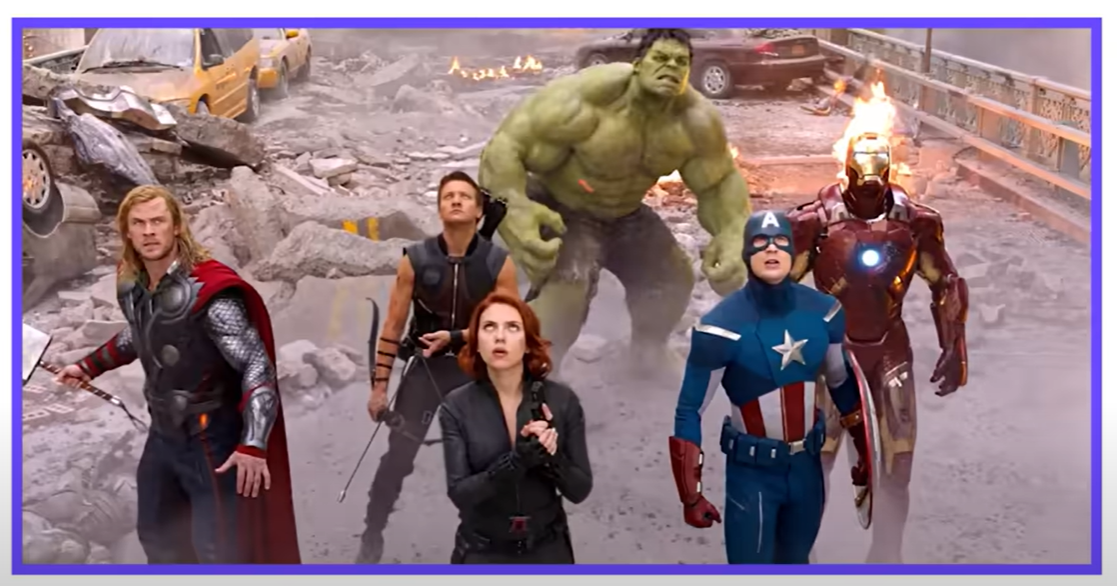
Aerial Shot
Definition: An extreme high angle often taken from drones or helicopters.
Effect: Shows scale, geography, or movement in a large environment.
Use Case: Opening scenes, landscape reveals, or tracking subjects in a vast space.
Overhead Shot / Bird’s Eye View / God’s Eye View
Definition: Camera looks directly down from above.
Effect: Can feel detached, divine, or analytical.
Use Case: Complex movements, crime scenes, choreography, isolation.
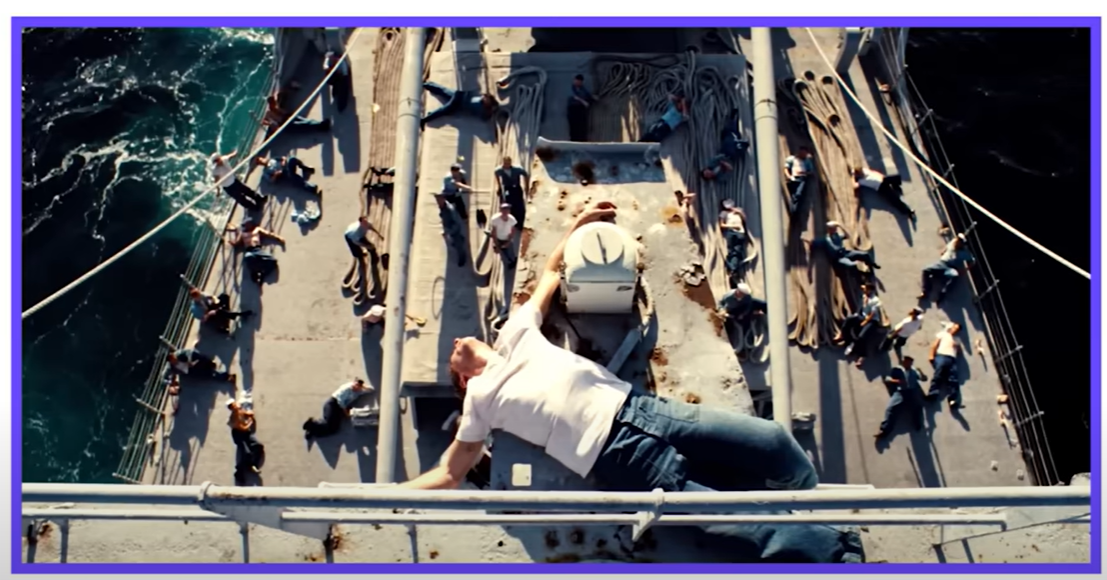
Dutch Angle
Definition: The frame is tilted off the horizontal axis.
Effect: Creates a sense of unease, tension, imbalance, or madness.
Use Case: Suspense, confusion, psychological distress, conflict scenes.
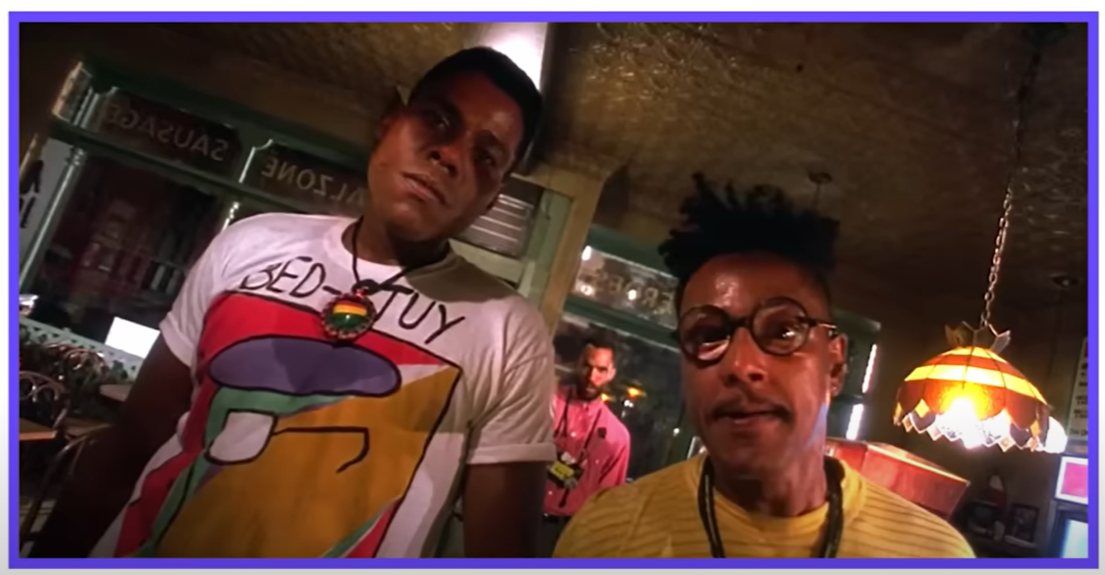
Eye-Level Shot
Definition: Camera is positioned at eye level of the subject.
Effect: Feels natural and neutral, promotes connection.
Use Case: Dialogue scenes, grounded storytelling, breaking the 4th wall.
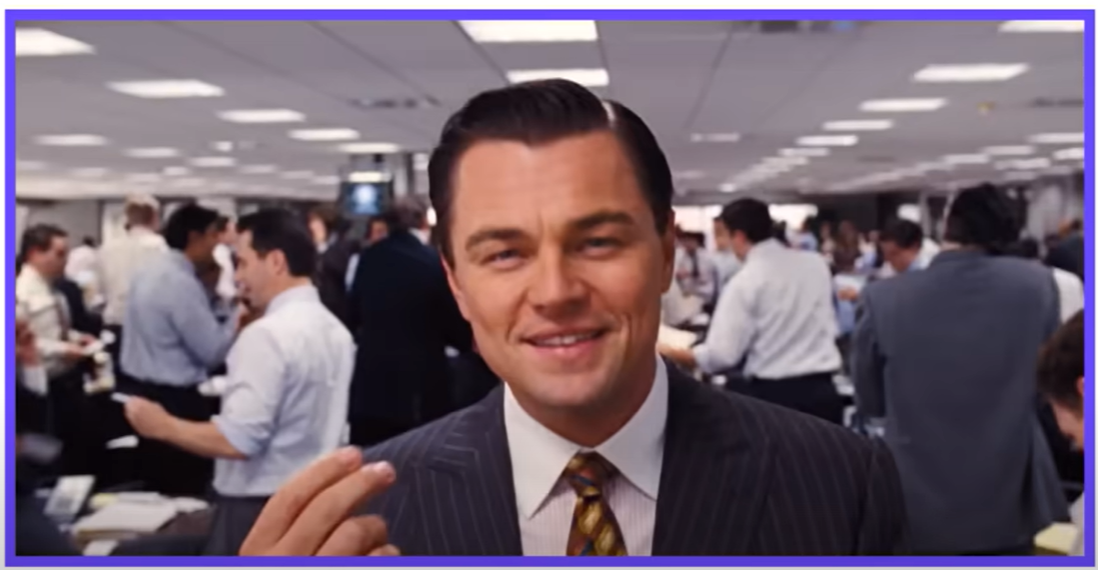
Shoulder-Level Shot
Definition: Camera is placed at shoulder height of the subject.
Effect: Slightly low-angle feel but without strong power implications.
Use Case: Over-the-shoulder (OTS) conversations, subtle power shifts, romantic tension.
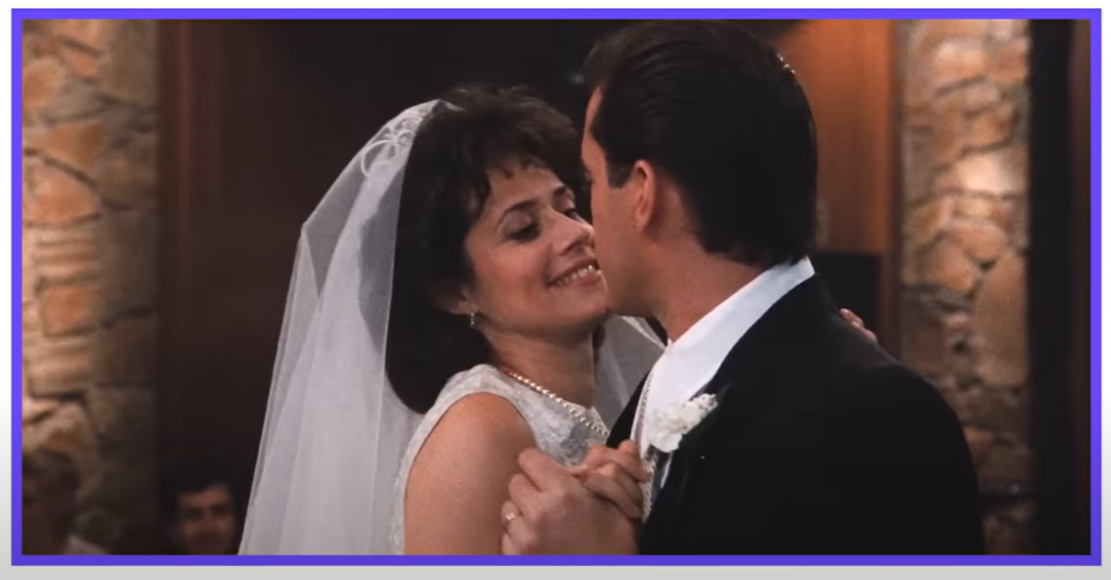
Hip-Level Shot
Definition: Camera is placed at the subject’s hip height.
Effect: Draws focus to the lower body or weapons (like holsters).
Use Case: Western standoffs, action scenes, or posture emphasis.
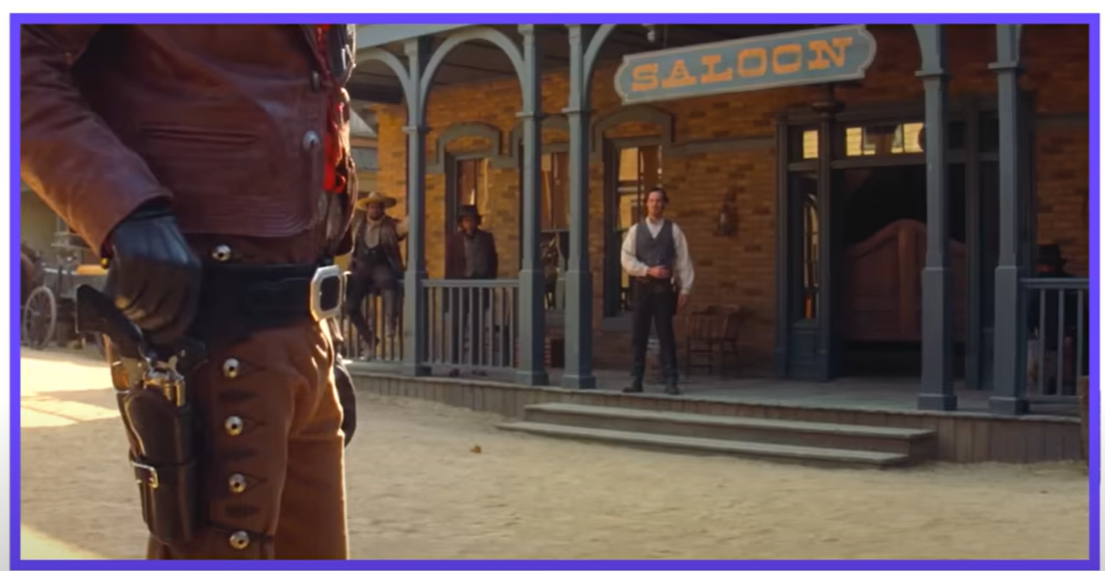
Knee-Level Shot
Definition: Camera is positioned at knee height.
Effect: Can double as a low angle and track movement.
Use Case: Character reveals, environment exploration, heroic or personal moments.
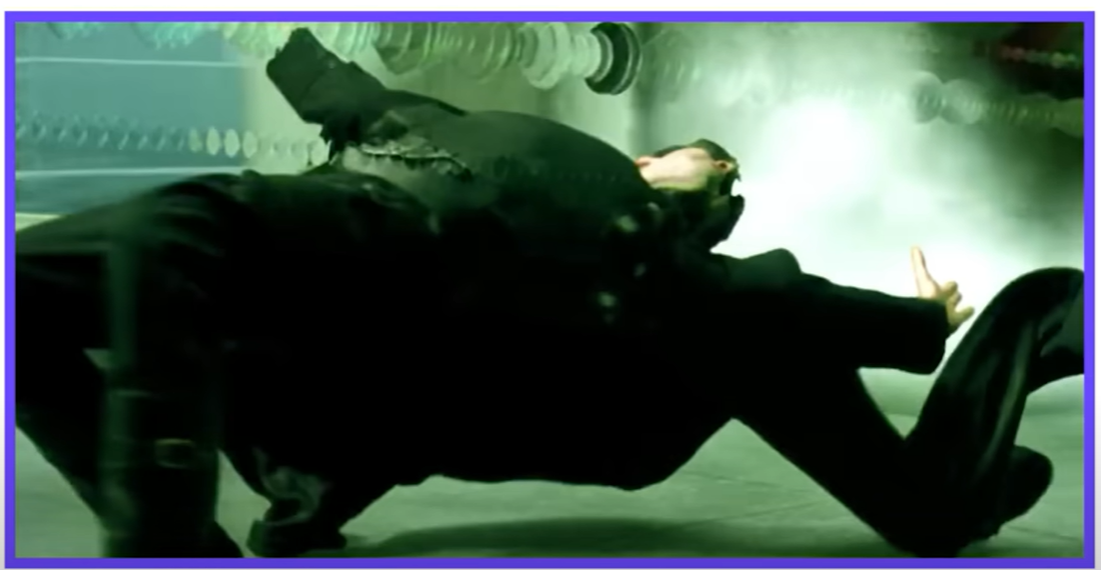
Ground-Level Shot
Definition: Camera is on or below the ground.
Effect: Adds a dynamic and stylized feel, often paired with movement.
Use Case: Tracking shots, detail closeups, suspenseful scenes (e.g., The Shining).
